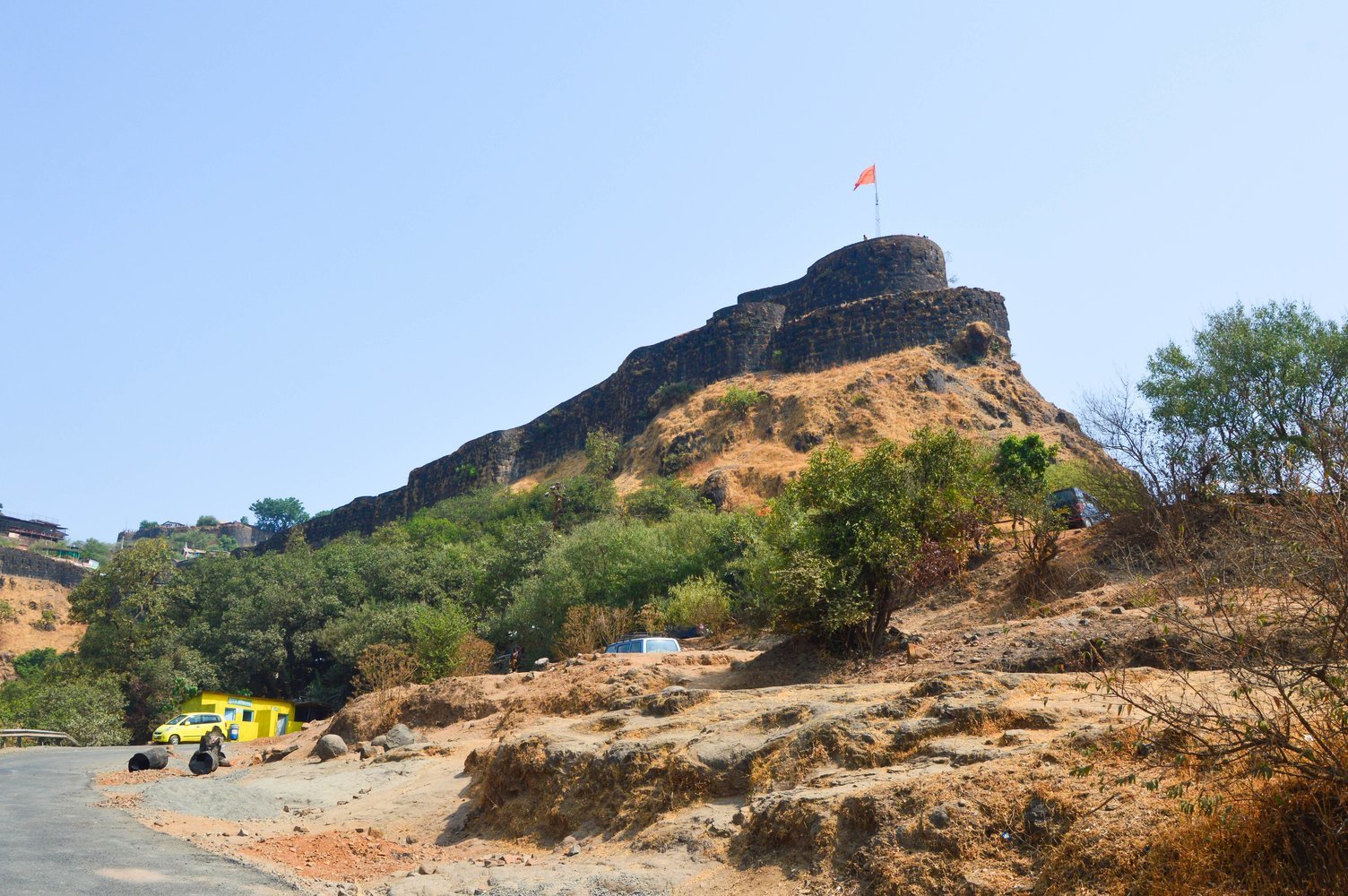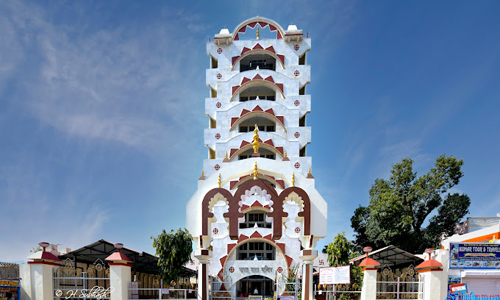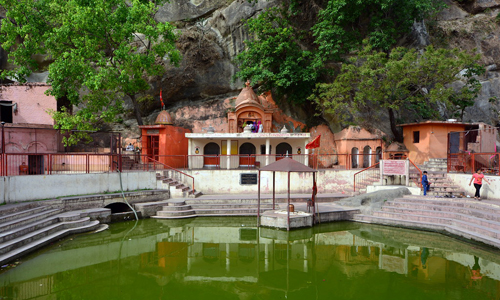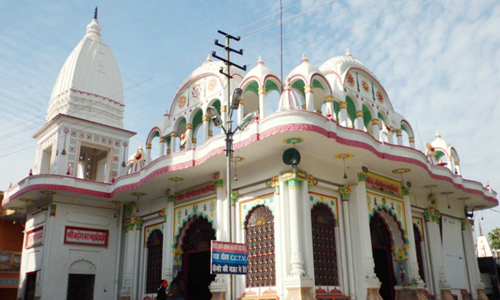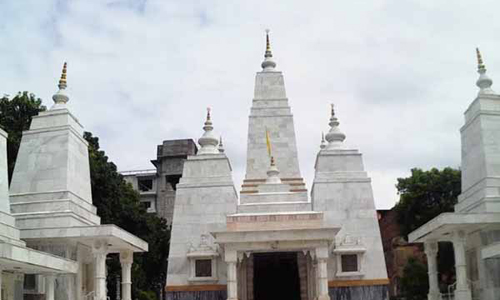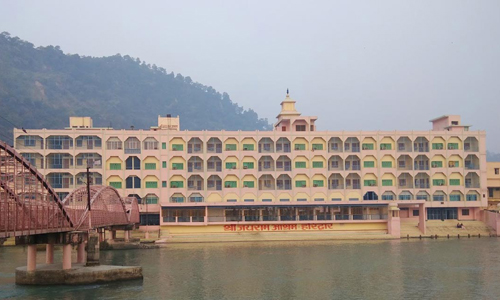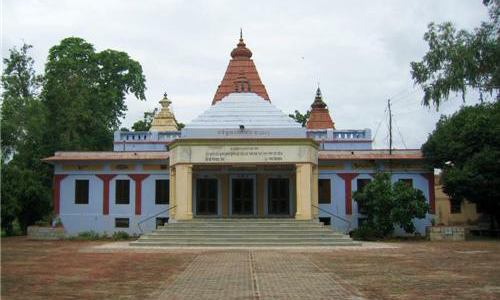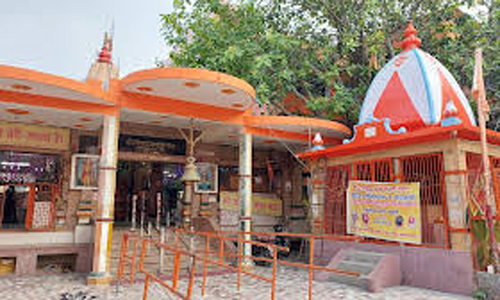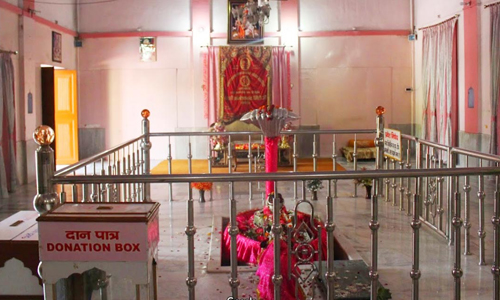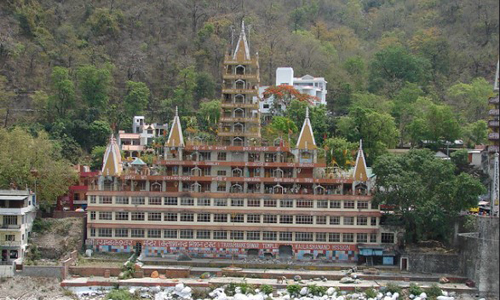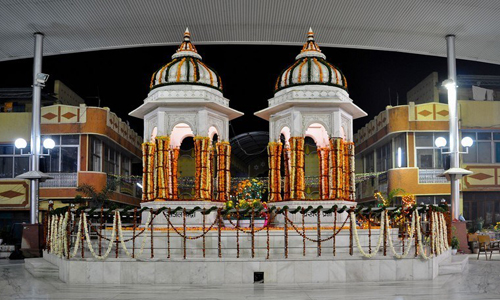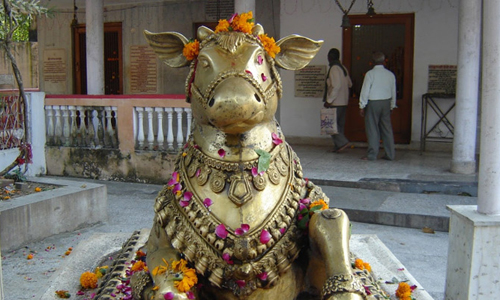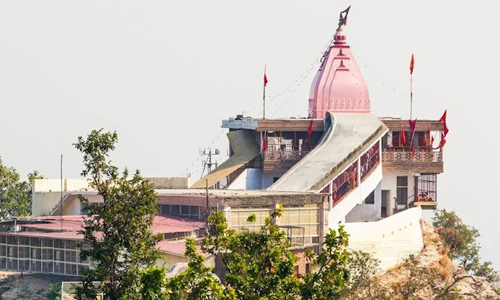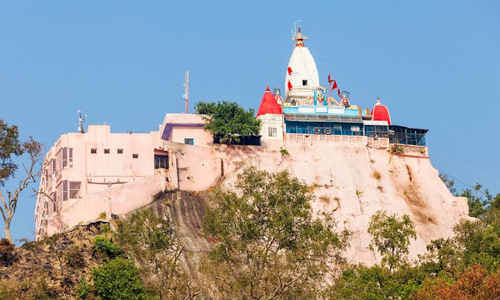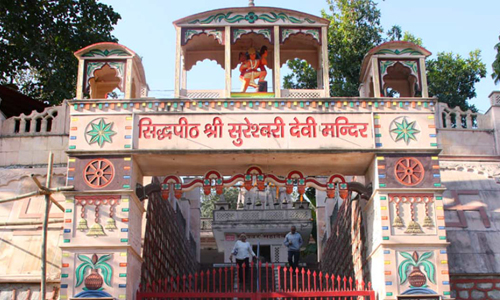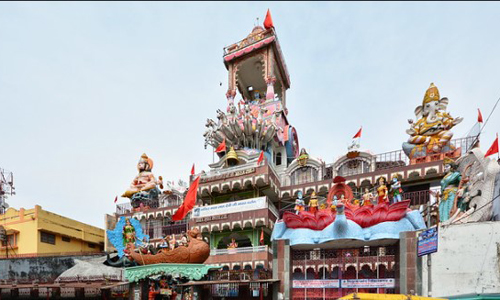Visitors looking for a serene setting for yoga and meditation go to Saptrishi Ashram. The Ashram, founded in 1943 by Guru Goswami Dutt, offers underprivileged children free accommodation, meals, and education. Yoga enthusiasts can also find a getaway at SaptaRishi Ashram while exploring places to visit in Haridwar. Even now, Saptarishi Ashram draws numerous saints, rishis, and sages worldwide. Remember to include a trip to the Saptrishi Ashram in your Haridwar tour package.
On the banks of the Ganga (Sapt Sarovar), 5 kilometres from Haridwar, is the historic and picturesque Saptrishi Ashram. Saptrishi Ashram, which Goswami Guru Dutt founded in 1943, is a well-kept facility with several lodging options. A residential dormitory and a Sanskrit school are within the facility for underprivileged kids.
The Ashram is along the Ganges River's bank, where the river divides into seven distinct streams known as Sapto Sarovars. The maintenance of the Ashram is taken care of very nicely with lodging options. A residential hostel and a Sanskrit school are within the compound for underprivileged kids. In addition to religious events like Bhajans and Aartis, yoga and meditation courses are offered here.
History of Saptrishi Ashram
One of the most well-known ashrams in Haridwar is the Ashram. It was started in 1943 by Goswami Guru Dutt. According to folklore, the banks of the Ganga River were formerly home to seven great sages who practised meditation: Kashyapa, Vashisht, Atri, Vishwamitra, Jamadagni, Bharadwaja, and Gautam. Heavy river flow noises that were heard during their meditation used to bother them. The river Ganga's flow was stopped by the rishis, who divided it into seven streams to reduce noise. The Saptrishi Ashram is the location of Sapt Rishi's meditation centre and the seven streams of the Ganges known as Sapt Sarovar. Further ahead, all seven streams converge.
The Pandava brothers travelled through this location on their route to heaven. The five brothers' statues at the river bank demonstrate this. A crumbling old structure next to the current Ashram was rumoured to have been a rest stop for pilgrims making the nightly trek up the hills.


